In yesterday’s newsletter, I wrote about my woeful slacktitude as a moviegoer during the first two-thirds of 2021, and my efforts to make up for it by watching the 10 best films according to the popular review aggregator Metacritic. The idea was to catch myself up in public, and perhaps inspire you to do some catching-up with me. Only a couple of these films have gotten much press, despite critics embracing them so fervently.
(Brief aside: I chose Metacritic over Rotten Tomatoes because I think its “score” is more revealing. The pool of critics is more selective, for one, but the system also recognizes the degree to which a critic likes or dislikes a movie, rather than the binary Fresh/Rotten, thumbs-up/thumbs-down system at Rotten Tomatoes. A film could get a 99 at RT if most critics thought it was merely pretty good. At Metacritic, a 99 means everyone loved it. For example, yesterday’s #10 film, Come From Away, has an 83 Metacritic score and a 97 on RT. The former number is more reflective of how critics feel, I think—it certainly is in my case.
Numbers 10-6 of this countdown yielded one film that would have made my Top 10 list last year (The Father), another that might make my list this year (Tsai Ming-liang’s Days), an exceptional biographical doc (Wojarowicz; F**k You F*ggot F*cker), a solid Pedro Almodóvar short, and well, the aforementioned perfectly fine Canadian 9/11 musical. A fine crop by any measure. But critics are collectively saying that these next five films are even better, suggesting those films I liked yesterday are going to look like a pile of garbage by comparison. We’ll see about that. On to the Top Five!
5. Hope (dir. Maria Sødahl)
Current ranking: #6
How to watch: Kimstim (virtual cinema)
List-worthy?: No.
Premise: Norway’s submission for the Best International Feature Oscar last year—it made the shortlist, but wasn’t among the nominees—is about an Oslo couple whose Christmas plans with their six children (three of their own, three from a previous marriage) are upended when the lung cancer Anja (Andrea Bræin Hovig) thought she’d defeated metastasizes as a likely terminal brain tumor. The news opens up a rift in her marriage to Tomas (Stellan Skarsgård).
Thoughts: Highly specific and hugely affecting relationship study, pivoting on the questions of what a marriage is supposed to be for and what happens when a partnership dies in advance of a partner. Anja and Tomas have been living separately together for a long time, so wrapped up in their own careers and the routines of parenthood that they never seem to have confronted the hollow charade their union has become. Anja’s diagnosis acts like a sudden stress test that fails: She needs support that Tomas can’t give her—though he’s certainly upset about it—and they both have to think about what will happen to the family in the likelihood that she dies. Hovig is superb as a woman who has chosen this moment to insist on something better for herself—and, barring that, rattling her husband’s cage a little. My only major quibble is that Hope is too long, siphoning off the dramatic intensity as the diagnosis and the holidays bear down on them.
4. This is Not a Burial, It’s a Resurrection (dir. Lemohang Jeremiah Mosese)
Current ranking: #4
How to watch: Digital rental
List-worthy?: Yes.
Premise: In Lesotho, a mountainous country encircled by South Africa, an 80-year-old woman (Mary Twala Mhlongo), still reeling from her son’s death in the mines, makes plans for her own eventual burial in a local cemetery. When local officials move to resettle her entire village in order to flood the area and build a dam, she becomes an unlikely bulwark of resistance.
Thoughts: The issues at play in Mosese’s mesmerizing drama are reminiscent of those in Jia Zhangke’s Still Life and Dong, two films he made the same year, one fiction and the other documentary, about the building of China’s Three Gorges Dam and the dramatic upheaval that progress demands. The implication in all three movies is that these projects intended for the greater good exact the steepest cost from the least powerful people, who have no one to represent them in the fight. This is Not a Burial allows Mary Twala Mhlongo’s weathered face to tell the story: Here is a woman crushed by grief, approaching the end of her life, yet determined to make sure her final resting place isn’t obliterated. So, too, the village itself, which stands to have its entire existence literally washed away, with officials making the thin promise that the remains of the ancestors who built it can be exhumed and moved along with their descendants. Here’s a woman who has no stake in the future—no husband and now no child—yet makes one final, intrepid stand for her own dignity and that of her community. Mosese’s style flirts with the avant-garde, but he has a clear eye toward the harsh austerity and beauty of this place, and the righteousness of defending it.
3. Rocks (dir. Sarah Gavron)
Current ranking: #3
How to watch: Netflix
List-worthy?: No.
Premise: The title is a nickname for Shola (Bukky Bakray), a 15-year-old east Londoner with aspirations to cosmetology who has to fend for herself and her little brother when their single mother abandons them, leaving only a little money for groceries and no indication when (or if) she will ever come back.
Thoughts: Gavron’s high-spirited drama follows a long tradition of films about the tragedy and resiliency of the young, like Nobody Knows or The 400 Blows or Rosetta or Céline Sciamma’s Girlhood, which it most closely resembles when it follows Rocks and her teenage friends through terrain that isn’t friendly to Black girls but never entirely suppresses their joyful self-expression and esprit de corps. So much about the film is good—the performances by non-professionals, anchored by the British-Nigerian Bakray; its evocation of a housing complex and a system that renders children like Rocks and her brother invisible; its surprising bursts of exuberance—yet there’s never any one galvanizing moment that puts Rocks in the same league as the films I mention above. It doesn’t have the formal rigor of a Dardennes film or the sensual rush of Sciamma, and feels oddly forgettable, even while there’s no glaring weakness in its conception and execution. Still, a very good effort, driven by an optimism and faith in its characters that’s distinct from the miserablist wallow of many British social dramas.
2. Summer of Soul (… Or, when the Revolution Could Not Be Televised) (dir. Ahmir “Questlove” Thompson)
Current ranking: #2
How to watch: Hulu
List-worthy?: Alas, no.
Premise: During the same summer of ’69 when hippies descended on Woodstock for a weekend of peace, love and music, the six-week Harlem Cultural Festival brought tens of thousands to Mount Morris Park to see electrifying performances by Stevie Wonder, Mahalia Jackson, Gladys Knight & the Pips, Sly and the Family Stone, and many others. This documentary unearths the footage from an event that was, inexplicably, almost forgotten.
Thoughts: Let me be clear up front: There’s no more essential film to see in 2021 than Summer of Soul. The performances unearthed by Questlove and company for this documentary—like Stevie Wonder immediately planting himself behind a drum kit or Mahalia Jackson and Mavis Staples coming together for duet on MLK’s favorite song, “Take My Hand, Precious Lord”—are frequently transcendent, and the film does well in setting the context for an event that brought joy to a community during a particularly fraught era. There are advantages, too, that a film like Woodstock has over a reclamation project like Summer of Soul. Woodstock was conceived as a documentary/concert film that could bring the experience—or its version of the experience, anyway—to audiences that weren’t there, without having to make the case for its cultural significance. The Harlem Cultural Festival was covered more like a TV event that never came to pass, and Questlove can’t merely construct a highlight reel of the best performances; he also needs to tell the story of how it came together and why it was so significant. And not every decision he makes in doing so is a good one: The unusual device of having attendees, some of whom were only children at the time, watch and react to the footage feels mostly contrived to play on our emotions. And there are some talking heads here, like Lin-Manuel Miranda, who probably didn’t need to be heard from at all. This was the issue I suggested in my write-up about Wojnarowicz yesterday: Documentaries too often get praised for their subject matter while not getting scrutinized enough for their artistry as actual films. And Summer of Soul, on that front, is not without flaws.
1. Quo Vadis, Aida? (dir. Jasmila Zbanic)
Current ranking: #1
How to watch: Hulu
List-worthy?: Yer darn’ tootin.
Premise: In July 1995, Gen. Ratko Mladic brought the Bosnian Serb army into the town of Srebrenica, which was supposed to be under United Nations protection. More than 8,000 Muslim men and boys were subsequently murdered, with their bodies dumped in mass graves. This film is about Aida (Jasna Duricic), a U.N. translator who tries to manage a chaotic scene while protecting her husband and sons from genocide.
Thoughts: Good work on this one, critics, because it’s a stunner, a persuasive tick-tock about a historical evil, told from the unique perspective of a woman who’s scrambling to do her job while recognizing, long before her feckless bosses can take action, the tragedy that’s about to unfold. Aida’s personal stake puts her in an awkward spot: There’s extremely important information she needs to translate, for one, and her advocacy for her family members naturally leads to tension with other townspeople, many of whom are outside the U.N. base, which they’ve been told is filled to capacity. Once she realizes that the U.N. is unprepared and unable to act, however, she makes frantic arrangements to shield her loved ones, even recruiting her husband to be part of a negotiation team that Mladic is certain to address in bad faith. Zbanic’s re-creation of the escalating crisis is chillingly assured, like a steady crawl toward inevitability, and Duricic’s performance is something else—her terror, her resourcefulness, her grief, and, finally, her fury all pierce the heart.




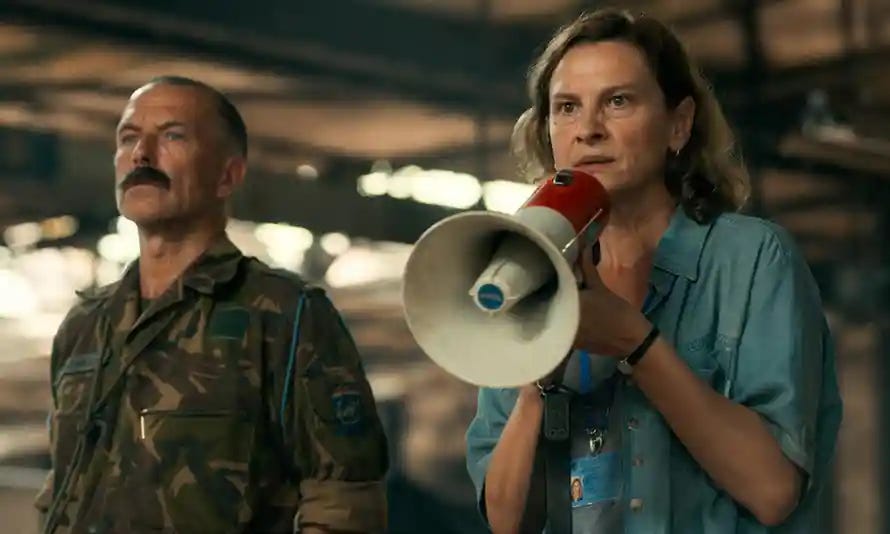
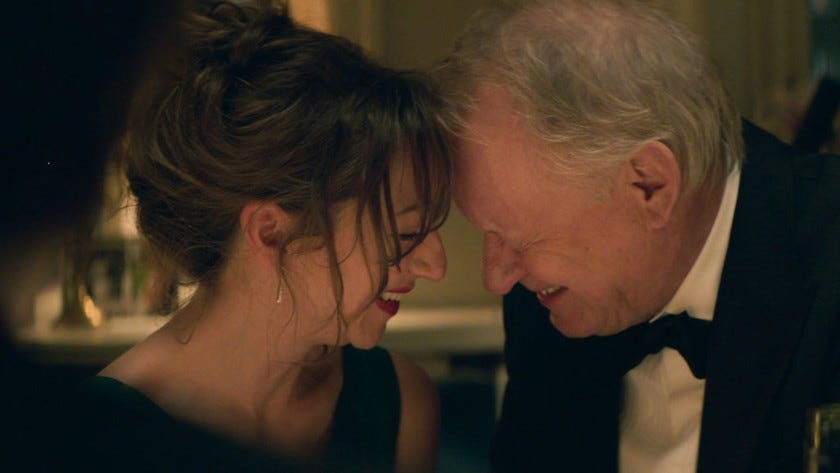
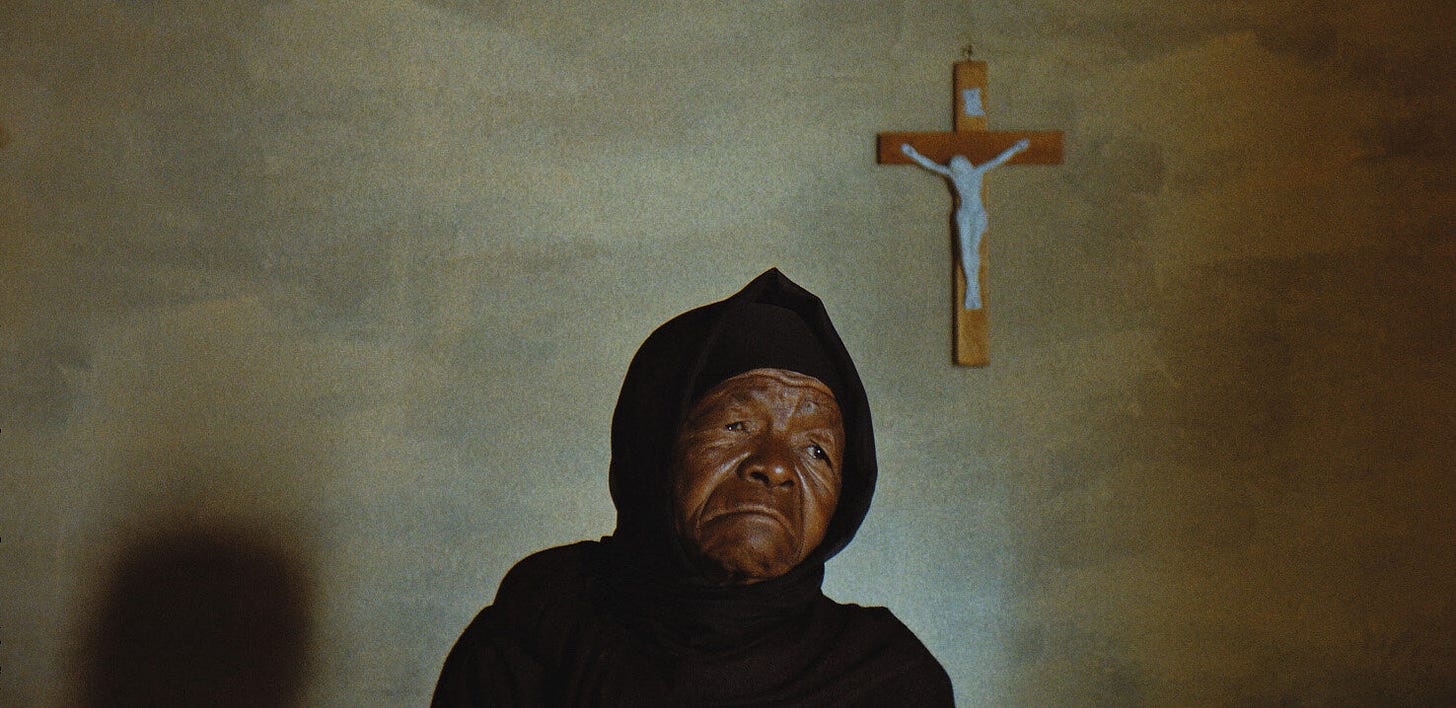
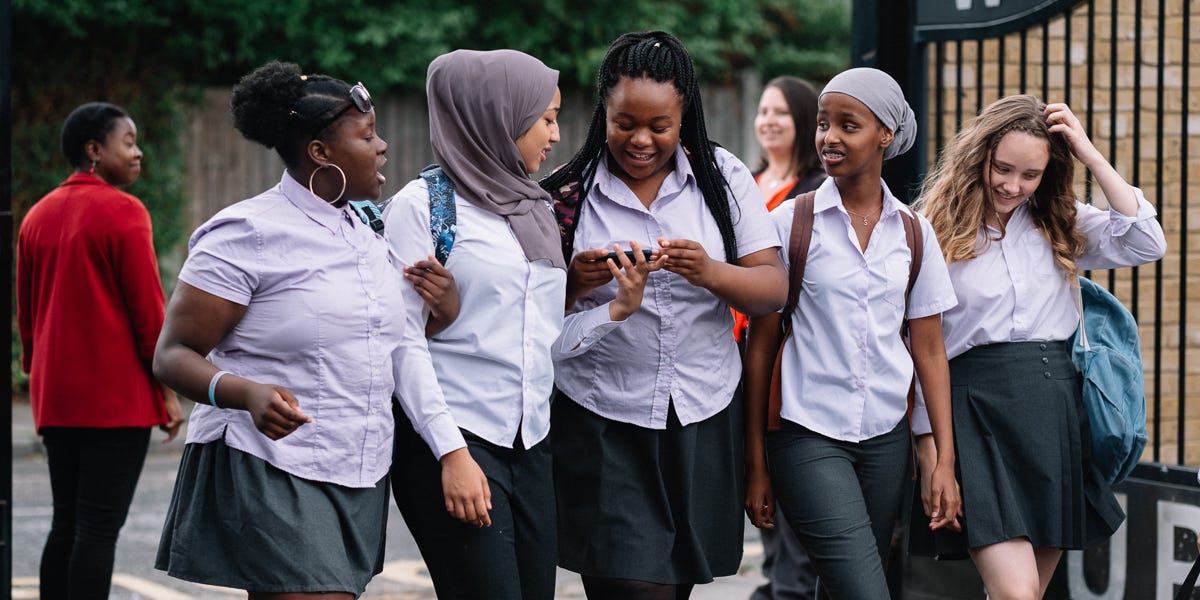

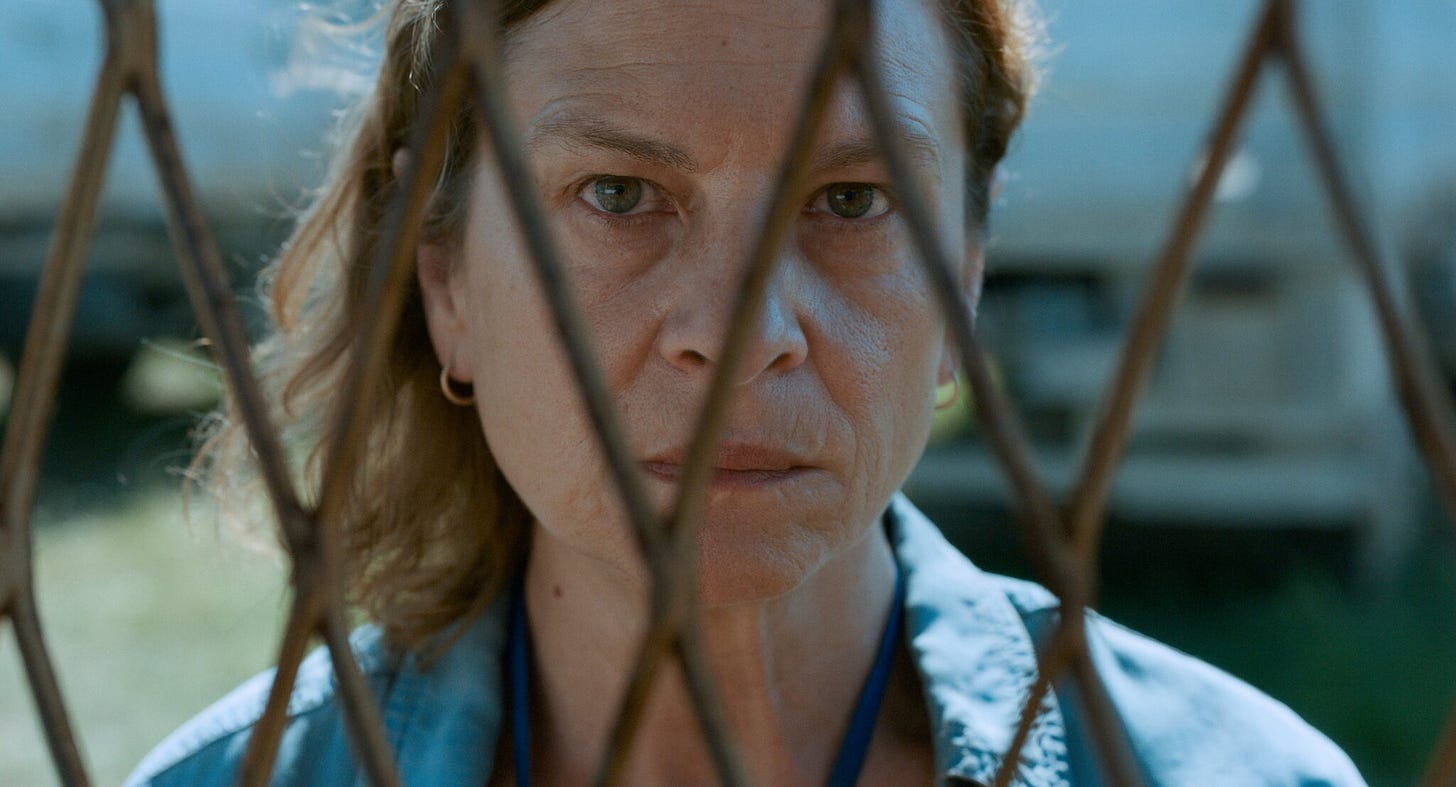
Me also woefully behind on movies and have only seen Summer of Soul on this list, so me found this essential reading, and move that "Yer darn tootin'" be added to everyone's movie rating scale from now on.
This was so good. I hope you do this again this year with the updated list.